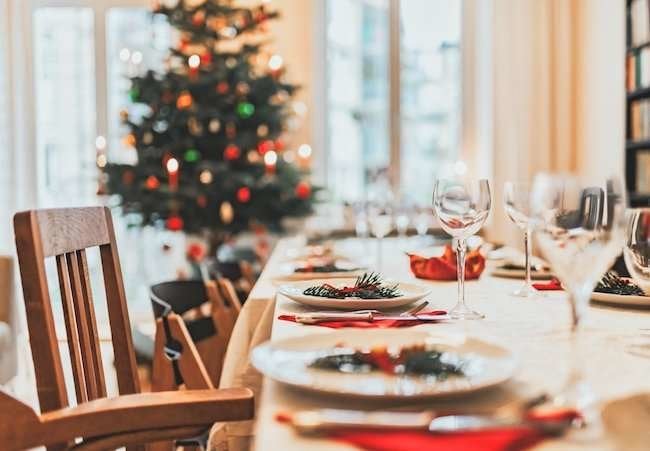

We may earn revenue from the products available on this page and participate in affiliate programs. Learn More ›
Home Advice You Can Trust
Tips, tricks & ideas for a better home and yard, delivered to your inbox daily.
By signing up you agree to our Terms of Service and Privacy Policy.
'Tis the Season…for Trash?
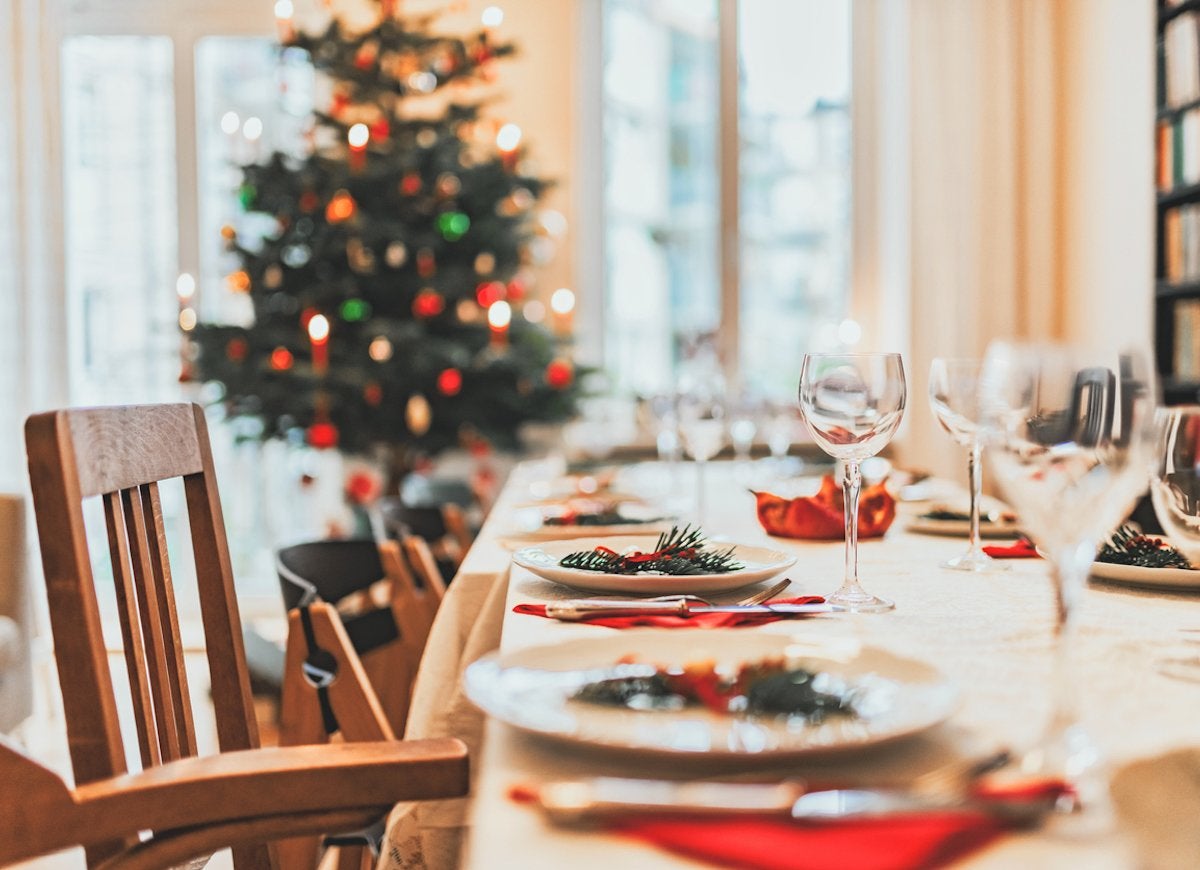
The holidays bring so much joy into our lives: family gatherings, friends laughing together, delighted children opening gifts. Unfortunately, the days following the holidays bring a less festive spectacle: trash bins overflowing with crumpled wrapping paper, boxes, uneaten food, and other post-holiday garbage waiting for the trash truck to haul it away. Out of sight and out of mind, the problem of household trash might seem to disappear once you haul it to the curb but in reality your discarded items will stick around for months, decades, or even (in the case of un-recycled plastic) 1,000 years while they slowly decompose in a landfill that could be local or on the other side of the world. And once it leaves your trash can, your waste continues to create its own waste in the form of greenhouse gas emissions that contribute to climate change.
No doubt about it, the United States creates a lot of trash—World Bank reports that it ranks third worldwide for most waste per capita—and Americans throw out a whopping 25 percent more garbage between Thanksgiving and New Year’s Day, according to Stanford University. Just where that trash goes is the subject of much conversation and controversy, especially as recycling programs buckle under the stress of the international market for materials, or the secondhand industry fails to absorb America’s donations and cast-offs. So what to do? The holidays are a time for giving, so consider giving back to the earth and its inhabitants by making choices both large and small that will help you to reduce your holiday waste, create new memories, and save money at the same time. Read on for some helpful hints and suggestions.
Give Leftovers a New Home
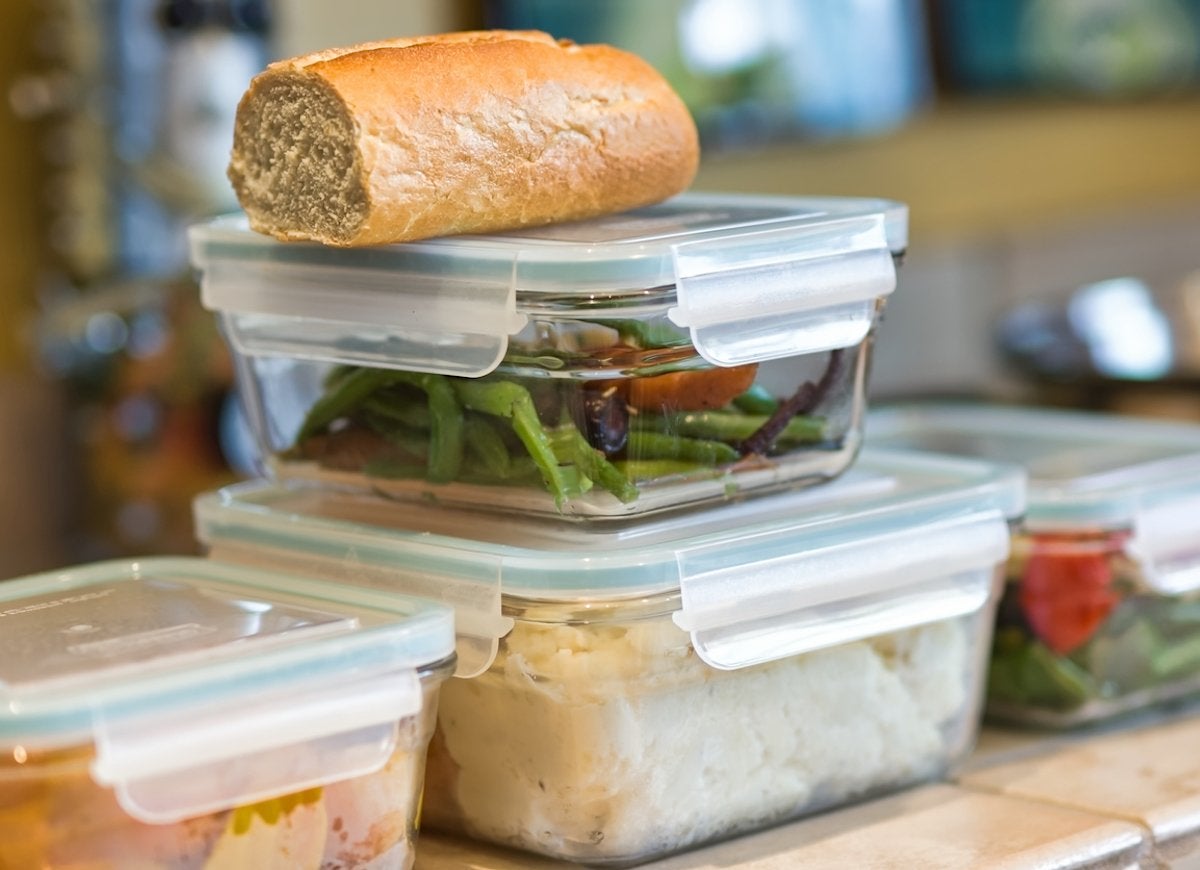
You cooked twice as much food as you needed for fear of running out during that big holiday feast, and now there’s no way your family can eat all of those holiday leftovers within their few days of freshness. Sound familiar? If this scenario resembles life at your home, know that you’re not the only one who has thrown out what would have been perfectly good eating for leftover night. In fact, 40 percent of food in America is thrown away, which is not only a tremendous waste of money and labor but a huge burden on landfills; it can take up to 25 years for a head of lettuce to decompose in a landfill. Instead of tossing uneaten holiday food, keep only the amount your family will eat within two days, then pack the rest in reusable food storage containers, and send the bounty home with your guests. Let them pick their favorite foods so you don’t inadvertently saddle Aunt Sally with a Brussels sprout salad she has no intention of touching.
Put Social Media to Good Use
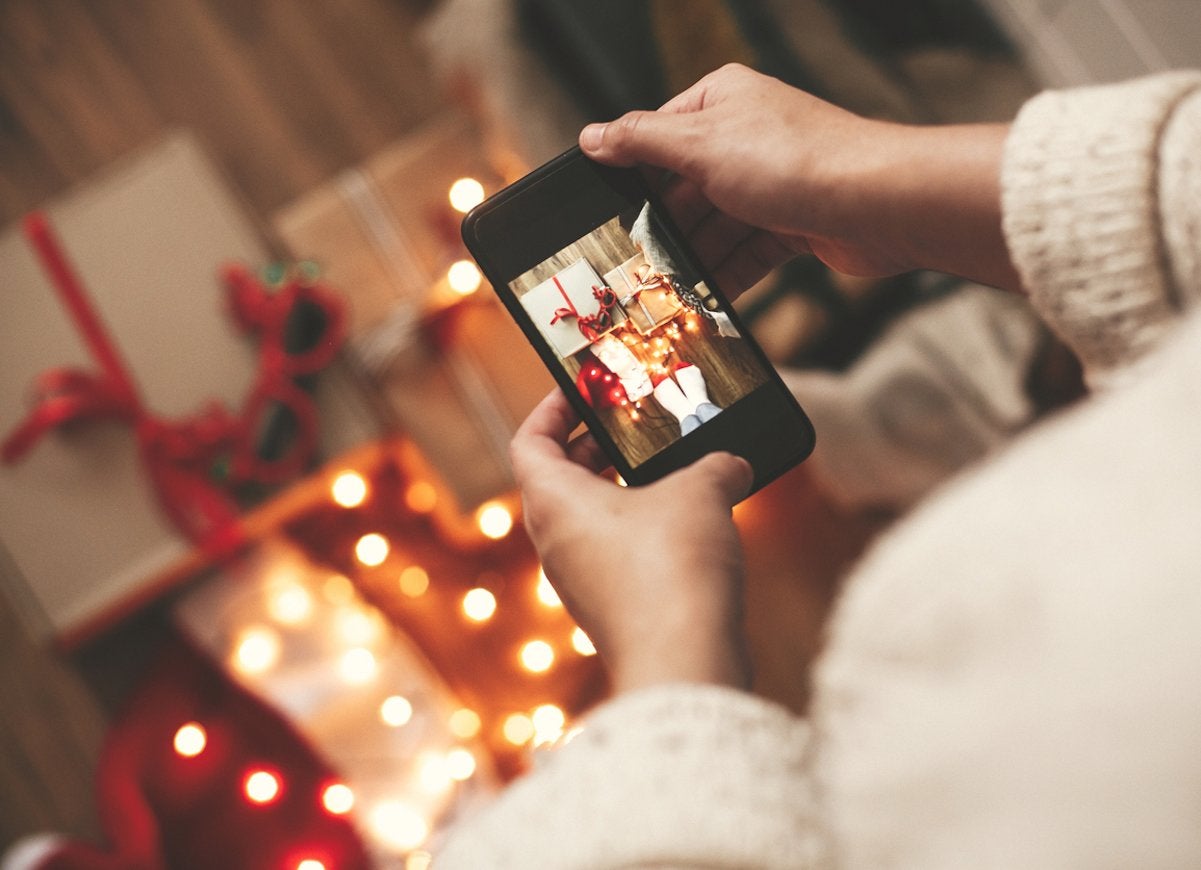
Once upon a time, mailboxes were overloaded with greeting cards throughout the holiday season. While admittedly a heart-warming tradition, the waste created in the process wasn’t so nice. Even today, Americans still buy 1.6 billion holiday cards per year, and that’s a whole lot of paper that ends up in the trash after a brief moment of glory atop the fireplace mantel. Cut down on paper waste by posting your annual holiday letter on Facebook or Instagram, or by delivering custom greetings to your contacts’ inboxes via an e-greetings solution like Smilebox or Paperless Post. If you receive holiday wishes from friends and family via snail mail, pop the paper envelope and card in the recycling bin after you’ve delighted in holiday sentiment. Recycling isn’t a panacea for your waste woes; it is always better to create zero waste rather than to create recycling waste, but there are some instances where items come into our lives without our choosing, and in such cases, the recycling bin can be your best friend.
Forgo Paper Tablecloths
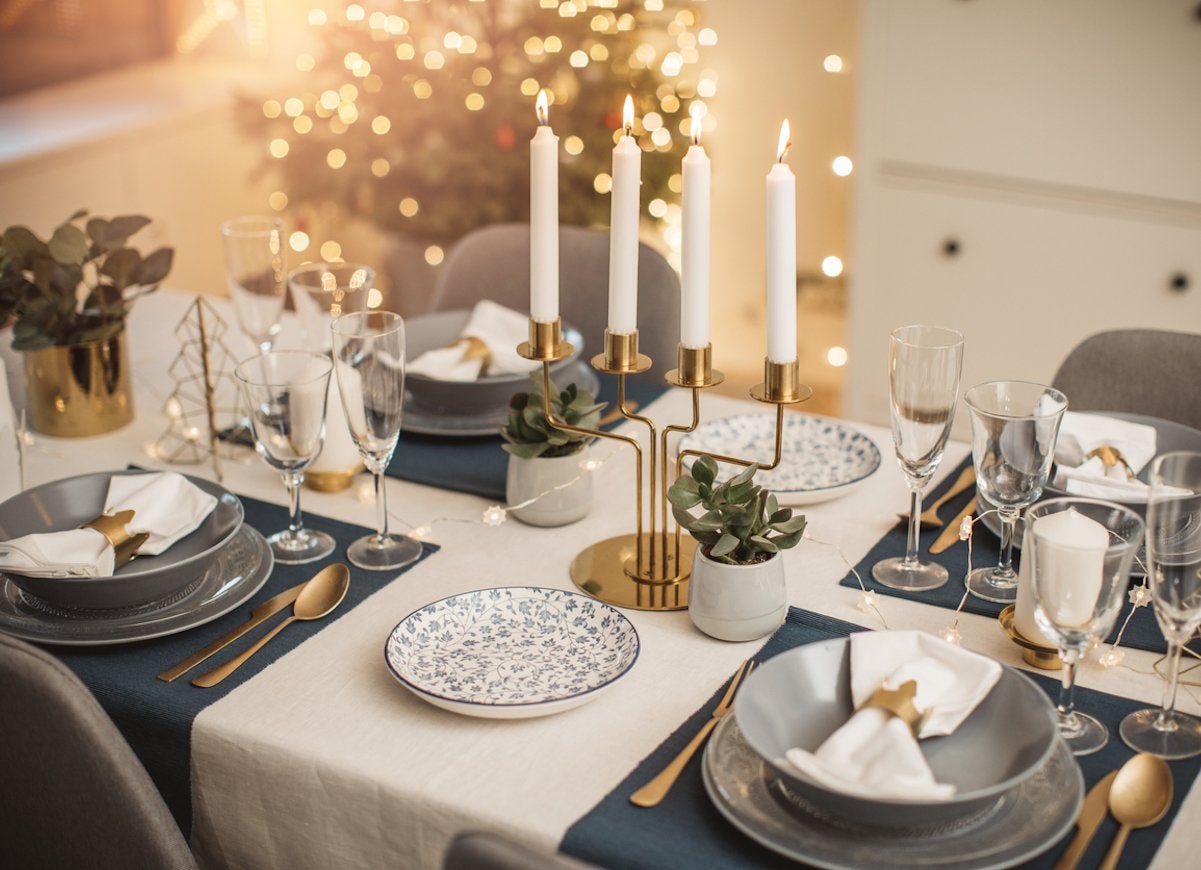
Add a little luxury to your dinner table by swapping the old paper or plastic tablecloth for a cloth version, and eliminate some needless waste in the process. If you’re afraid that a cloth tablecloth will be a stain magnet, opt for one with spill-resistant technology, like this tablecloth from LUCKYHOUSEHOME. In the event of spills, liquid beads up along the surface of the cloth, giving you time to wipe it up and continue the party as planned. If stains do happen, they can often be lifted by the timely application of carbonated water or a simple spot treatment after dinner.
Provide Your Guests with Hand Towels

Just because your house is filled to the rafters with guests doesn’t mean you have to resort to using paper towels in the bathroom. Hang a pair of neutral hand towels for guests to wipe their clean hands, or pile extras in a basket or bin in the corner of the bathroom and allow guests to help themselves.
If you don’t already have guest-ready hand towels, you can pick up a set at a low price point from discount department stores or IKEA—you can even check local charity shops for new or like-new linens if you enjoy hunting for a bargain. Unlike that roll of paper towels, this is one purchase that will continue to serve you—and your guests—for years to come.
Go for Quality, Not Quantity

Instead of lavishing your children and partner with a stack of cheap gifts to be opened and then discarded, cut back to just one or two significant gifts you know the recipient will truly treasure. Choose gifts that can serve the recipient well into the future, rather than fad items that will only be junked when they lose their luster. Even better, instead of objects, give your loved ones the gift of experiences, such as a trip to a favorite museum, a family movie night, or even something as simple as a coupon for a massage or pedicure done by you.
Ditch the Gift Wrap

Did you know that 80 percent of the extra 5 million tons of waste that Americans generate during the holidays is caused by shopping bags and wrapping paper? If you are ready to tackle your own holiday waste, there’s more than one way to kick your wrapping paper habit. The most obvious solution is to give gifts without the wrapping. Zero wrapping doesn’t have to mean zero fun! Add to the merriment by organizing a scavenger hunt for children. Hide unwrapped gifts around the house the night before, then give the kids clues to search for them on Christmas morning. Alternatively, repurposed paper grocery bags or the comic pages from the Sunday newspaper can give a real rustic quality to the gifts under the tree, especially when adorned with a sprig from the backyard evergreen or a cinnamon stick from the kitchen spice rack. If you go this route, reuse, recycle, or compost your clever wrapping solutions when you’re done with them.
Compost Food Scraps
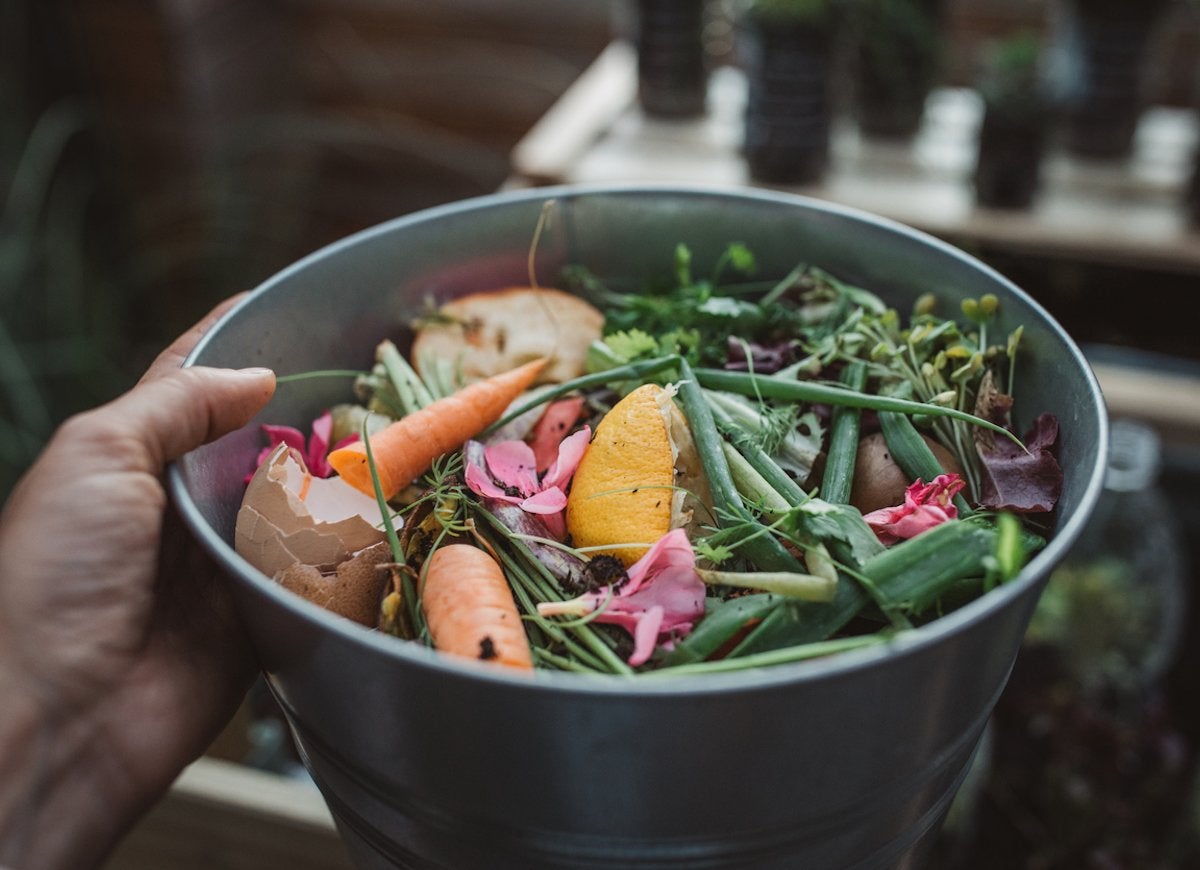
A whole lot of cooking goes into that Christmas dinner, but that doesn’t mean your waste bins or garbage disposal should be overflowing. Instead of tossing those sweet potato peelings, leftover bits of dinner rolls, eggshells, or coffee grounds, add them to your compost pile. Not only does composting make trash day a little less smelly, and provide you with nutrient-rich soil for your garden, but it makes food waste useful while reducing the methane greenhouse gas emissions that occur in landfills. There are many easy ways to start composting at home—indoors or out—but if you aren’t able to keep a compost pile, you may be eligible for curbside compost pick-up. Check with your municipality to learn your options.
Go with LED Holiday Lights
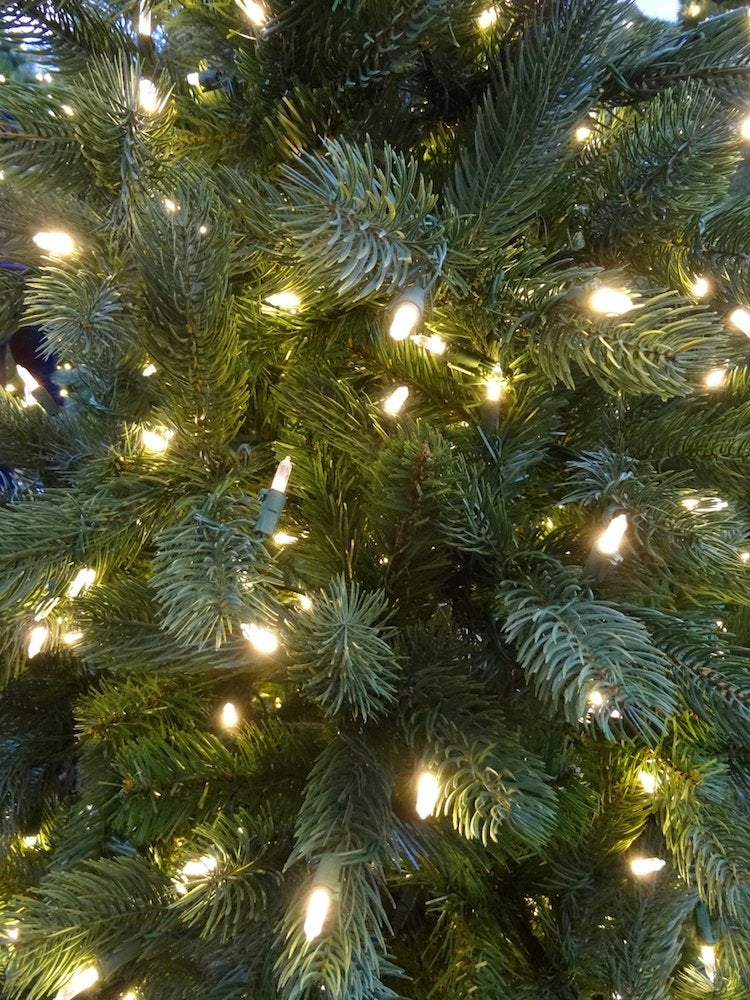
If your old-fashioned incandescent holiday string lights have finally fizzled out completely, it’s time to replace them with far more energy-efficient and long-lasting LED holiday lights. If properly stored between seasons, LED holiday lights can last as much as 25 times longer than incandescent bulbs, and draw far less energy while twinkling just as brightly.
Create an Edible Centerpiece
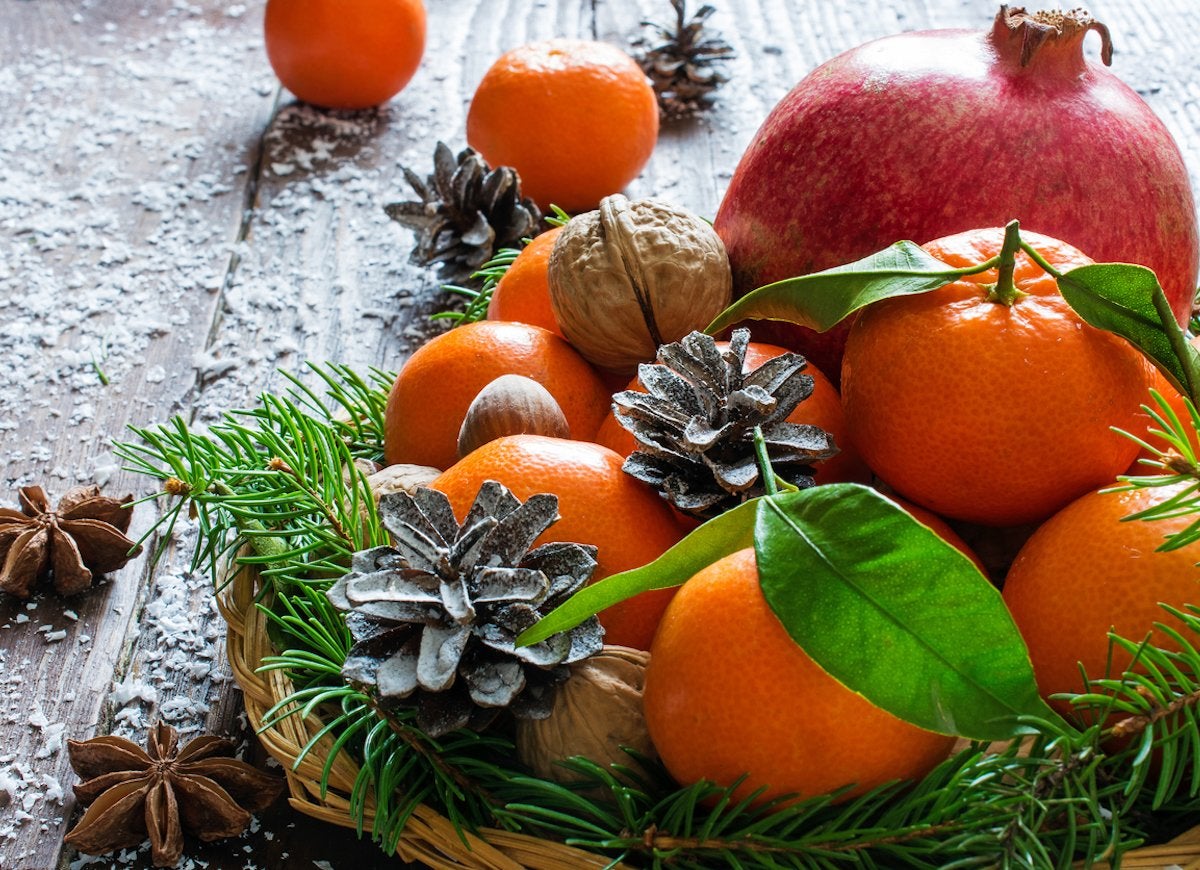
Plastic figurines and Christmas candles designed for holiday centerpieces may line the shelves of your favorite home goods store at this time of year but if you spring for these little doodads, you can be sure that they’ll end up lining the shelves of your basement—and eventually your trash can. Picking up little trinkets at this time of year may seem like harmless fun, but before you buy, consider where these items come from, how they were made, how you will use them, and where they will go when you no longer want them. If the resources that go into the creation and disposal of this item outweigh the amount of time you’ll enjoy this item, you should probably skip it. If you do skip the pre-packaged decor, you still have the opportunity to create a truly memorable display. Rather than fork over cash for chintzy decorations that you’ll use for a day, consider creating a lush and lovely edible centerpiece with bright citrus, dazzling pomegranates, and earthy in-shell walnuts and hazelnuts. The best part of an edible display, of course, is that you can buy the ingredients for it at any grocery store, and you can eat it whenever hunger strikes—plus it’s plenty photogenic.
Don’t Throw Away the Plates
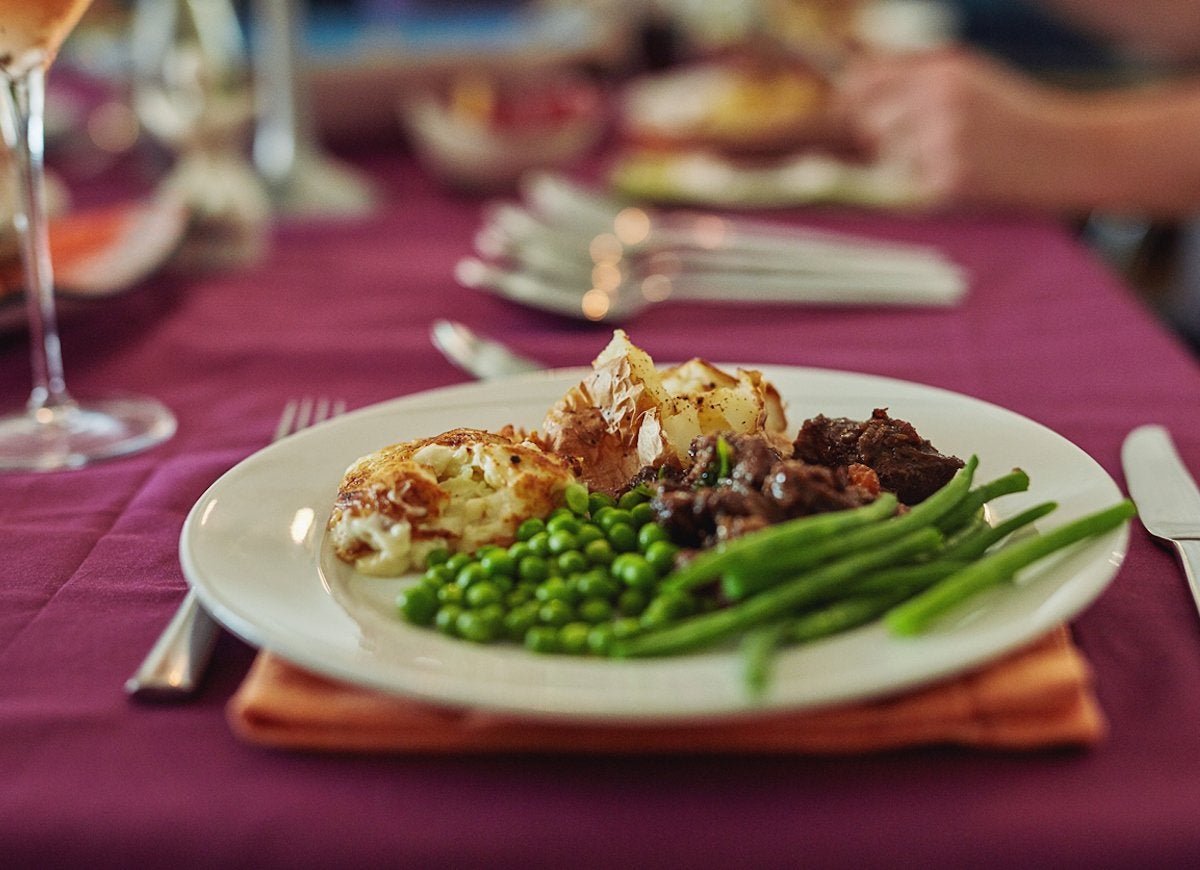
Some of the most memorable holiday moments happen in the kitchen while family and friends prepare the big meal and tidy up. Take every opportunity to make memories by kicking your disposable plate, napkin, cup, and utensil habit, and using real plates, linens, glasses, and cutlery. Not only will the switch be easy on your trash can, the environment, and the landfill, but it gives other members of the holiday party an opportunity to contribute to the hosting duties. It is true what they say—it is better to give than to receive—and doing a few dishes as an act of service for our loved ones is in keeping with the holiday spirit.
Decorate a Living Tree
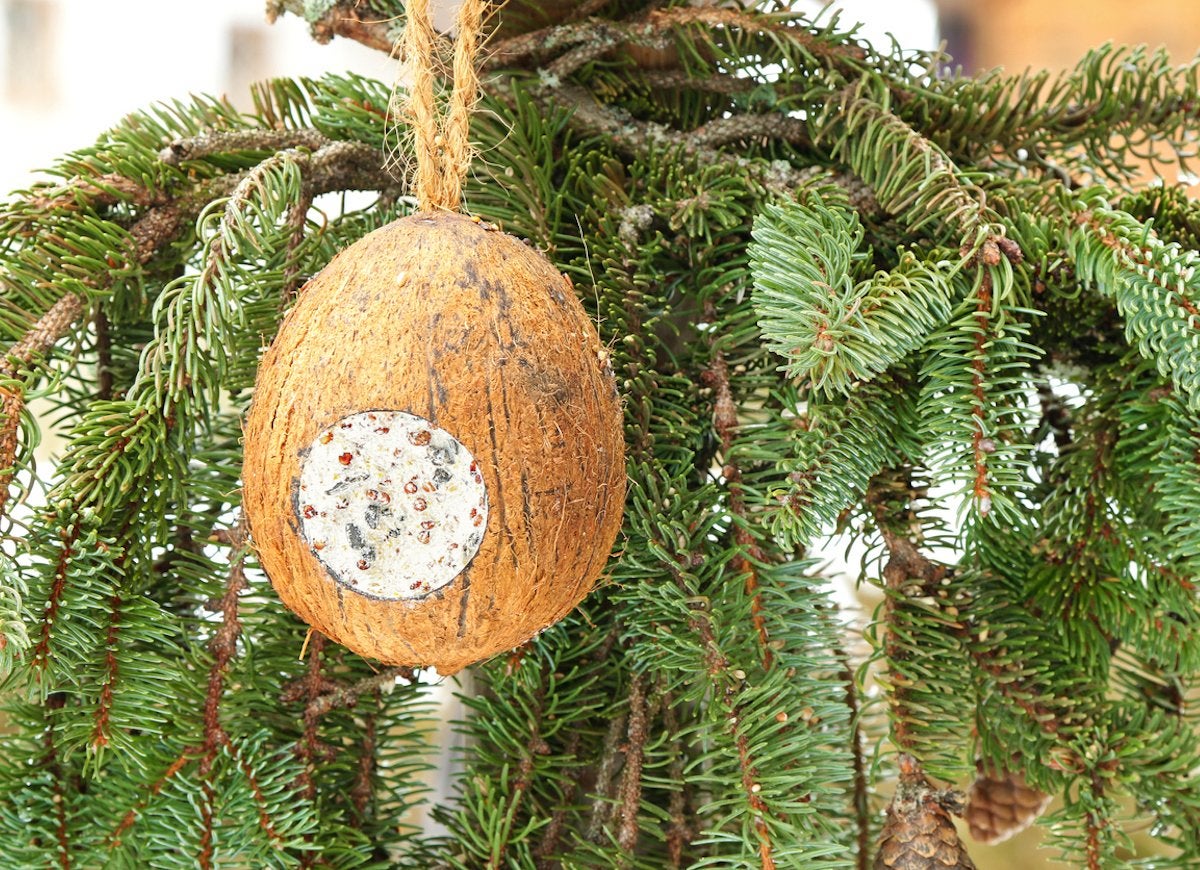
The most environmentally-friendly Christmas tree is a living tree growing in your own yard. If you love decorating a tree for the holidays but are interested in mixing up your routine, consider skipping the indoor fir one year and decorating an outdoor evergreen. Instead of decking it with tinsel and lights, choose homemade ornaments of dried fruit, or suet for the birds. If you’re not ready to bid adieu to your hearthside tree, consider purchasing a live, potted evergreen, which you can display in the living room, then plant outside after the holiday once the outdoor temperatures are warm enough for successful transplanting. If neither of these is an option, and you’re deciding between a real and an artificial Christmas tree, know that real trees are the more sustainable option, provided you buy them from a tree farm. Artificial trees are usually made in factories overseas and their production results in lots of waste and greenhouse gas emissions, whereas most of the real trees that Americans buy during the holiday season are grown on dedicated local farmland, not public land or forest preserves, and any tree you purchase will be replaced by new trees and will not contribute to deforestation.
Recycle Your Christmas Tree
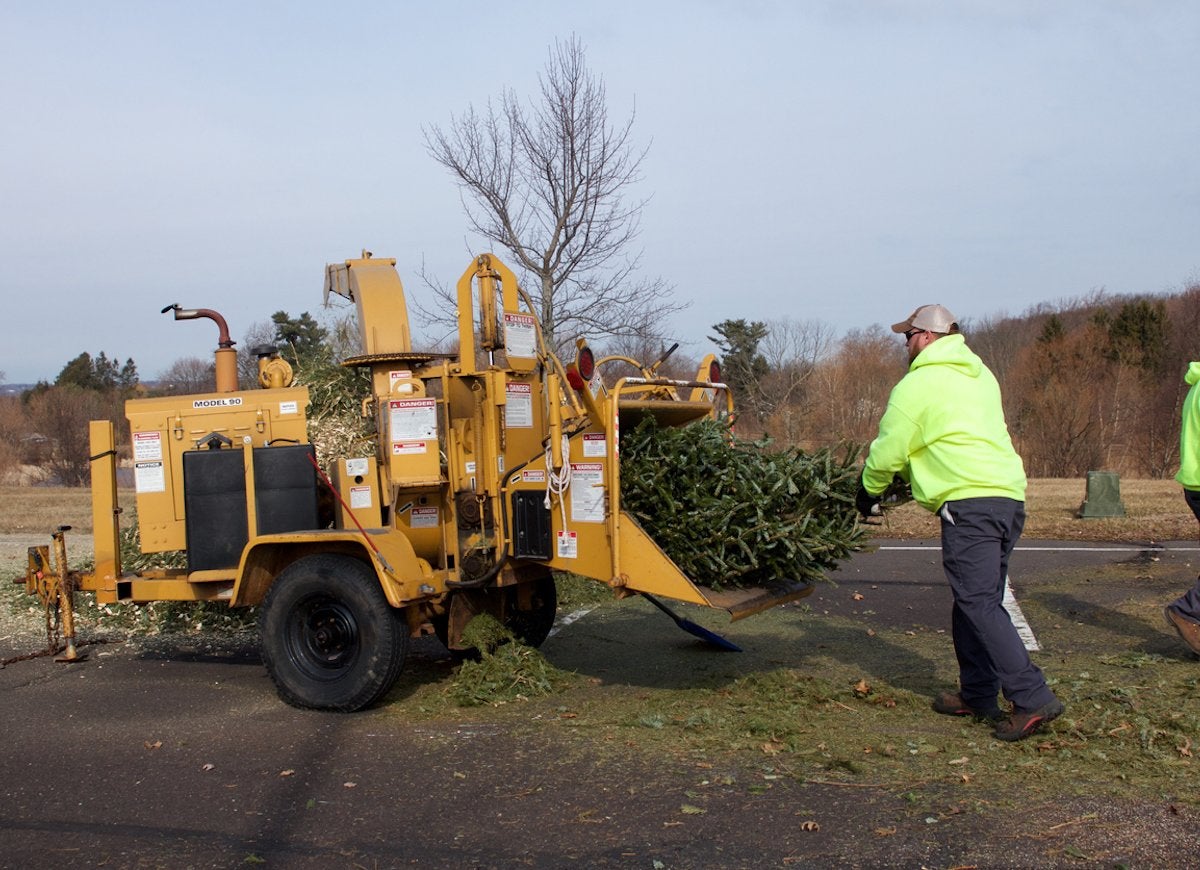
Instead of dragging your holiday tree to the curb once January arrives, saw it into manageable pieces, and then add it to your compost pile, where it will serve as the “brown matter” that helps provide food for the beneficial microbes busily breaking your food and yard waste into soil-boosting nutrients. Some municipalities offer mulching services, allowing residents to trade their old Christmas trees for free mulch. Check with your local parks department or waste management services to see what options are available to you.
Tote Your Own Reusable Bags to the Mall
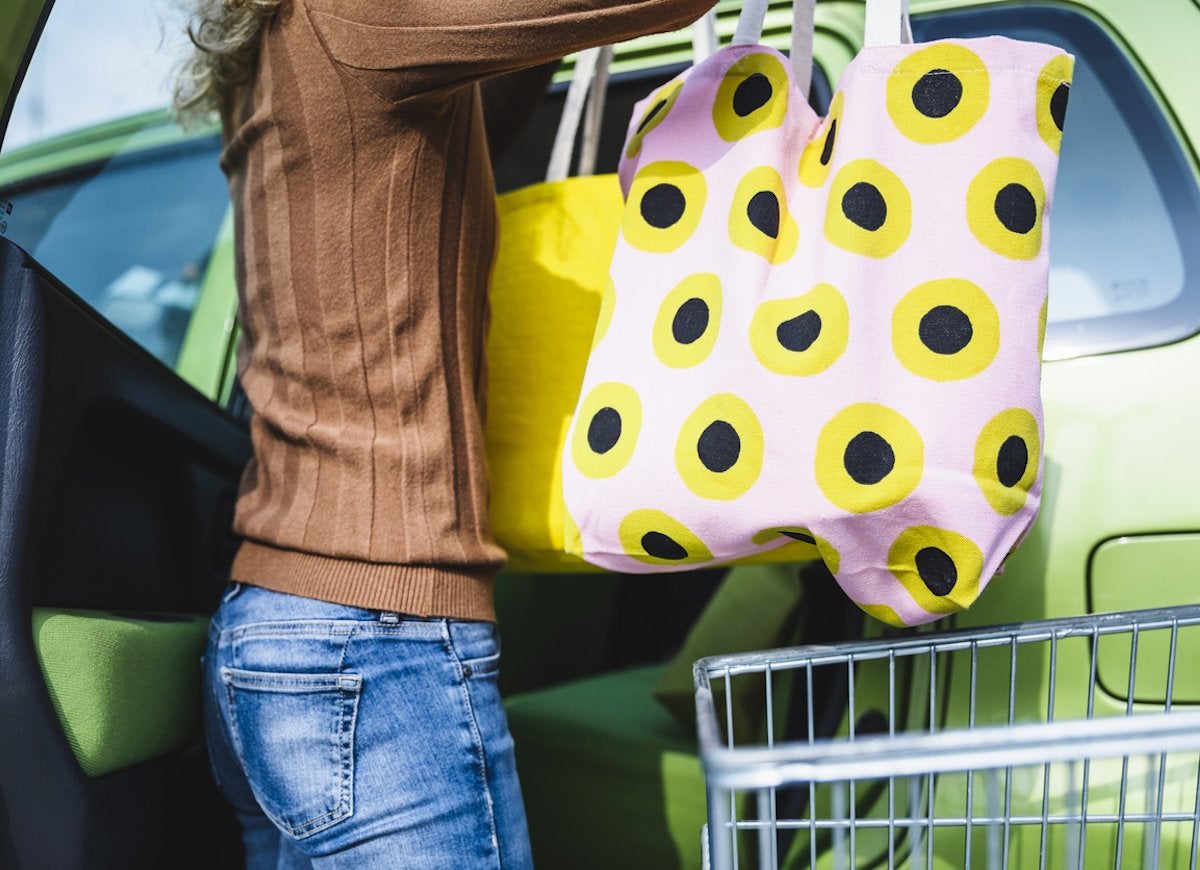
Maybe you’re already taking your reusable bags to the grocery store, but do you bring them when you shop for clothes, toys, electronics, or home goods? If not, the holidays are a great time to start. Cut down on your seasonal trash by bringing your own reusable grocery bags to the mall when you shop for gifts. Not only will this trick help eliminate unnecessary waste, but you’ll avoid accidentally spoiling the surprise when you walk in the door toting reusable bags rather than bags that bear the name of the store from which you bought your loved ones’ presents.
Cut Down on Junk Mail

While mailboxes filled with Christmas catalogs are not as common as they once were, it’s likely you still receive at least a few seasonal catalogs each year. Limit next year’s junk mail by calling the catalog company’s 800 number and asking to be removed from all future mailings. After all, if you’re like many shoppers, you’re more likely to order online than to order by catalog these days.
Give to Charity

What do you give the person who already has everything? If you’d like to cut down on waste and do something meaningful at the same time, the answer is a donation to that person’s favorite cause or charity in their name. Be sure, however, that the cause is one that the recipient truly believes in, not one that’s actually only dear to your heart.
Forgo Bows and Ribbons

Sure, a fancy bow or ribbon adds flair to your gifts, but once that box is opened, the bow is nothing but trash. Instead of spending money for flourishes, choose extra-festive or fun wrapping paper for those gifts that absolutely must be wrapped, and then let the design stand on its own. If you simply can’t bear to leave wrapped gifts without the extra touch, then collect the bows once the gifts are opened, and reuse them each year.
Wrap Gifts in Another Gift
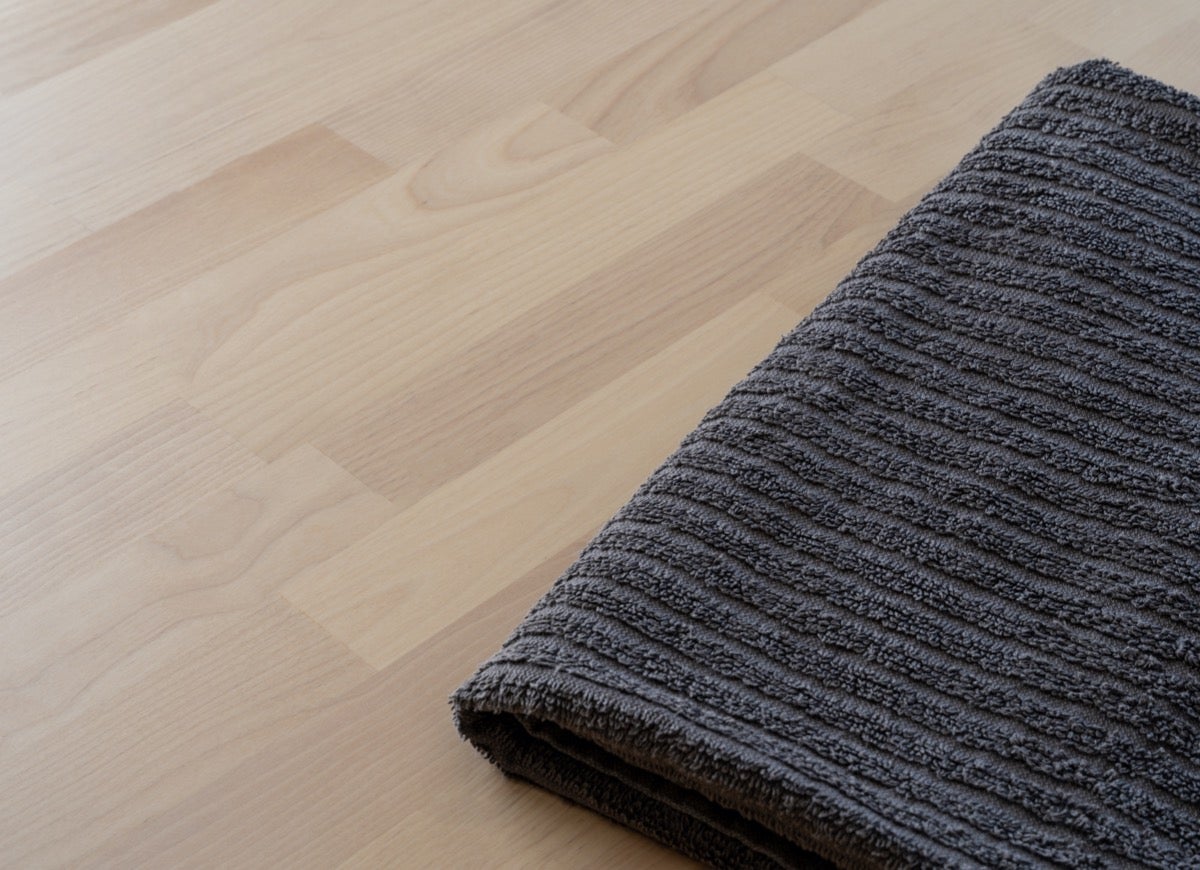
If you are giving someone an article of clothing, bedding, or towels, you can often use that gift to wrap other gifts for the same person. Just use a scarf, towel, shirt, or throw blanket to wrap other oddly shaped presents. You can also “wrap” gifts by slipping them inside a reusable shopping bag instead of disposable paper wrap. Now you’re giving two gifts in one!
Go Secondhand Shopping

You can cut down on consumption and reduce tossed packaging by shopping at your local secondhand store for holiday gifts and décor. This is an especially good choice if someone on your list wants equipment for their home gym—you’ll find plenty of exercise equipment in close-to-new condition at most thrift shops. You’ll also probably luck out at a thrift shop if you have toddlers or preschool-age children, as the toys for this age group are soon outgrown and are often donated long before they are worn out.
Set Up a Family Gift Exchange
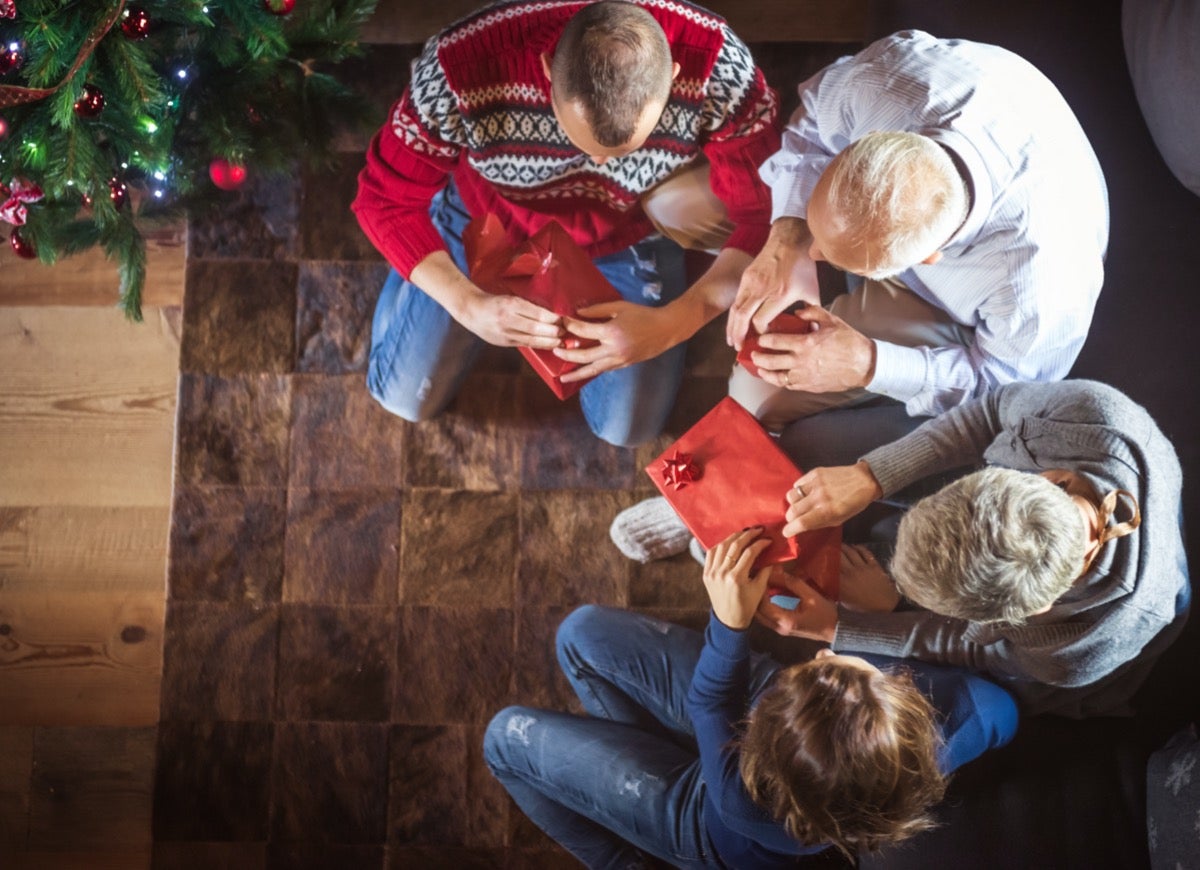
In many families, the pressure to buy gifts for everyone can be a burden on both time and budgets, and those piles of gifts underneath the tree lead to mounds of discarded wrapping paper, boxes, and other packaging in the trash. If your family is agreeable, reduce the pressure and cut down on holiday excess by setting up a family gift exchange. Each person can be assigned just one other family member to buy for, whether as a “Secret Santa” or openly.
Go for Cloth, Not Paper
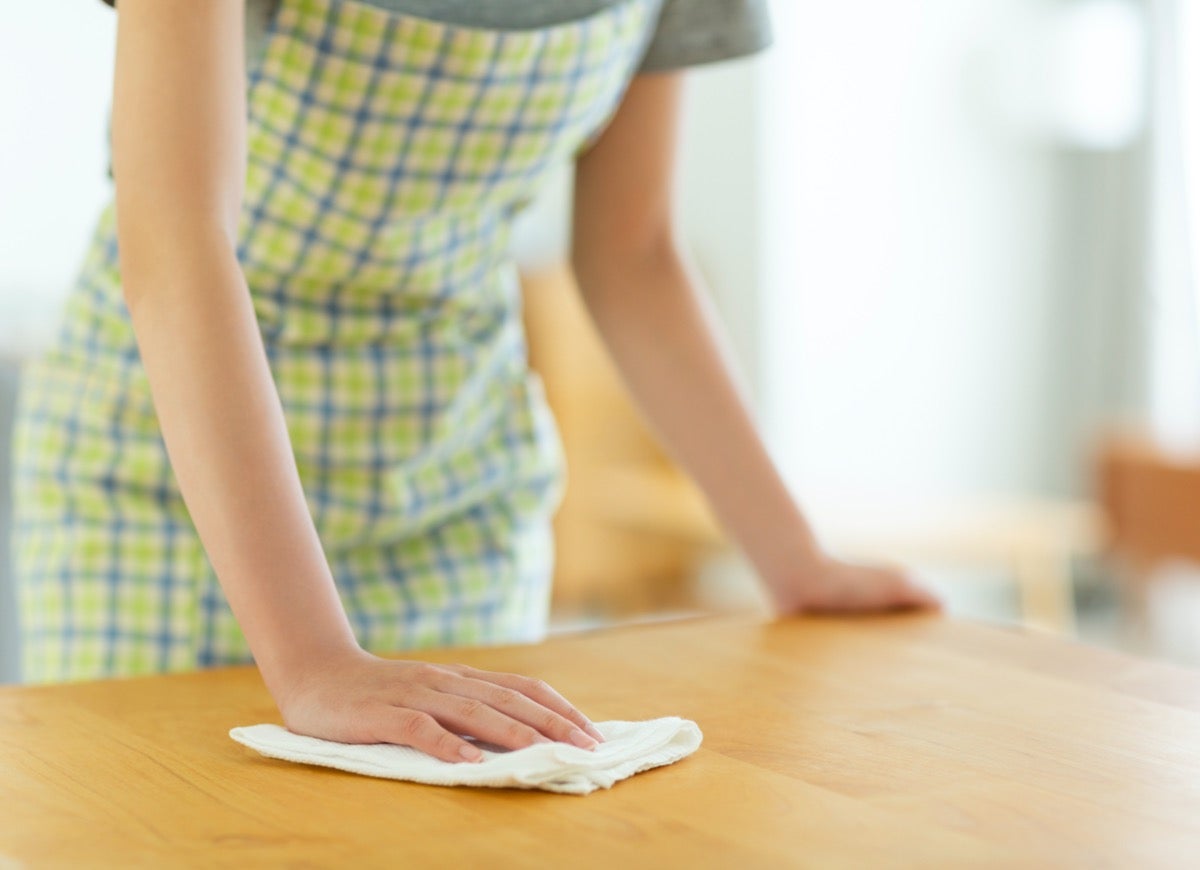
Holiday cooking often means a big mess in the kitchen and heavy use of paper towels to wipe up spills and drips. Instead of disposable paper, grab a cloth dish towel. Not only will you cut way down on your holiday-generated trash, you’ll also find that reusable dish towels do a far better job of quickly absorbing splashes and drips. Toss the dirty towels in the wash, and they’re ready to use again and again.

I Was Dead Set On Stone Floors—Until I Saw These Options
See how a virtual floor designer might just change how you envision your floors, as it did for this editor with her ongoing kitchen renovation.